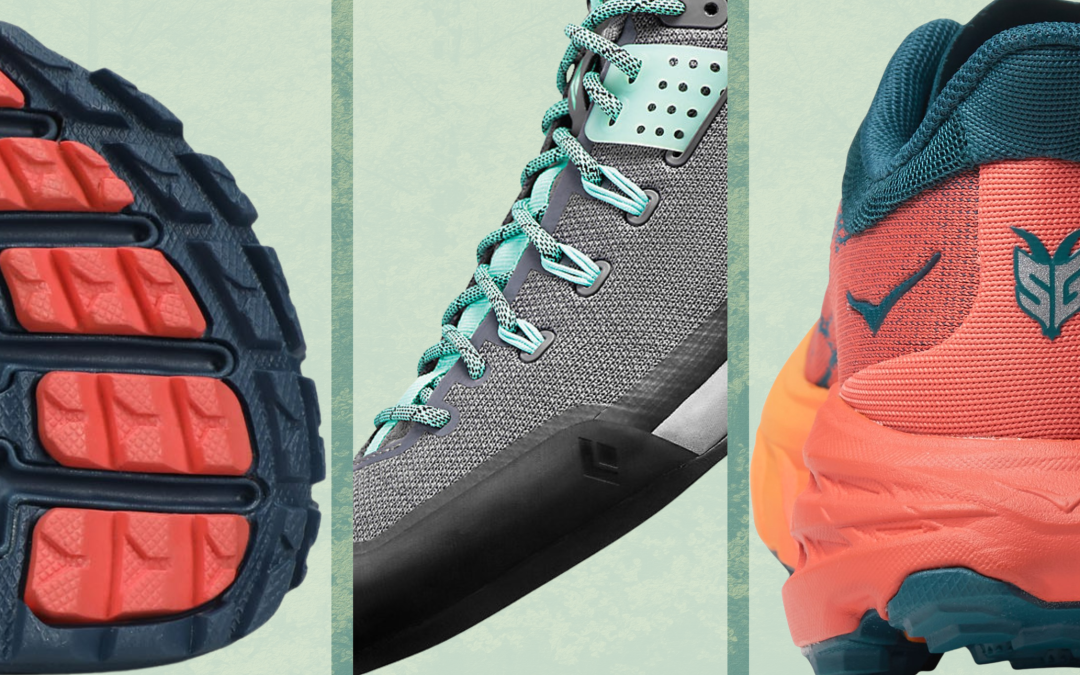When you’re hiking, you want a shoe that’s cushioned, supportive, and grippy. However, the classic hiking boot can feel out of place post-hike. Enter approach shoes. The best approach shoes share characteristics with hiking boots and rock climbing shoes—designed for climbers who need to hike rugged, rocky trails to get to the cliff base but don’t want to lug heavy boots while they’re climbing. Over the past few years, these specially designed hybrid shoes have grown in popularity to appeal to a wider outdoorsy audience because they provide that hiking-ready support in a compact, stylish package.
What are approach shoes?
Approach shoes have super-grippy rubber on the outsole and often a more adjustable fit with laces that extend to the toe. Most approach shoes also feature something called a climbing zone on the outsole—a smooth (non-lugged) rubber at the toe, like a technical climbing shoe, for better precision and edging capability.
Because of these trendy and technical features, the shoes make an excellent hybrid between hiking and everyday grinders. However, each approach shoe includes different features that you’ll want to consider, such as water resistance for wet climates or nonmarking rubber (some soft, sticky rubber can leave black marks on light-colored flooring). The biggest thing many of the climbers stressed was finding a shoe that fits your foot, whether that’s a shoe meant for hiking, running, or climbing.
Why are approach shoes popular?
Professional climber and author of the new children’s climbing book How to Solve a Problem Ashima Shiraishi says she’s noticed the popularity of approach shoes surge especially over the past few years. “I think it’s because of their looks,” she says, which she describes as being not too out-there. “You’re not expected to hike Everest in those shoes, but they offer that balance where you look like you’re going to go outside.” Natalie Sheffield, substitute teacher and part-time Outward Bound instructor in Salt Lake City, also noticed the approach shoe becoming a standard style around town, even among people who aren’t typically climbers.
In the climbing community, these adventure-ready shoes also began migrating to the lifestyle scene in gyms prior to the pandemic. Jeremy Yee, the general manager of Touchstone’s Diablo Rock Gym in California, wears his approach shoes to work on a regular basis. Over his 10 years in the climbing industry, Yee notes that approach shoes went from resembling a scaled-down hiking boot to looking like something you can feel comfortable wearing every day.
What are the best approach shoes?
While approach shoes offer a fashion-forward, active look, they still deliver that technical performance climbers need to stick to slippery surfaces, smear against flat rocks, and keep their balance on uneven, rocky terrain. To find the best options for urban and backcountry adventures alike, we talked to climbers, hikers, and outdoor experts—and scoured the internet for the top-selling pairs. Below, find which shoes made the list, then meet us at the crag.
All products featured on SELF are independently selected by our editors. However, when you buy something through our retail links, we may earn an affiliate commission.

